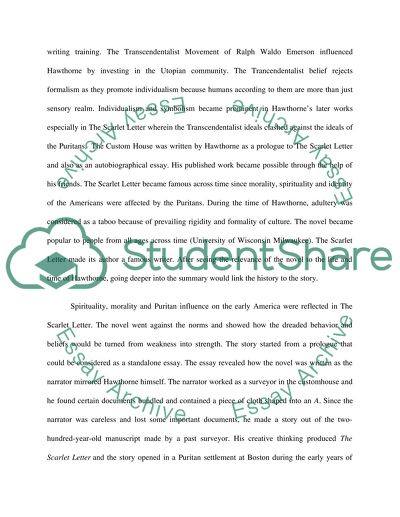Cite this document
(“The Issue of Remorse on The Scarlet Letter by Nathaniel Hawthorne Research Paper”, n.d.)
Retrieved de https://studentshare.org/english/1392445-the-issue-of-remorse-on-the-scarlet-letter-by-nathaniel-hawthorne
Retrieved de https://studentshare.org/english/1392445-the-issue-of-remorse-on-the-scarlet-letter-by-nathaniel-hawthorne
(The Issue of Remorse on The Scarlet Letter by Nathaniel Hawthorne Research Paper)
https://studentshare.org/english/1392445-the-issue-of-remorse-on-the-scarlet-letter-by-nathaniel-hawthorne.
https://studentshare.org/english/1392445-the-issue-of-remorse-on-the-scarlet-letter-by-nathaniel-hawthorne.
“The Issue of Remorse on The Scarlet Letter by Nathaniel Hawthorne Research Paper”, n.d. https://studentshare.org/english/1392445-the-issue-of-remorse-on-the-scarlet-letter-by-nathaniel-hawthorne.


